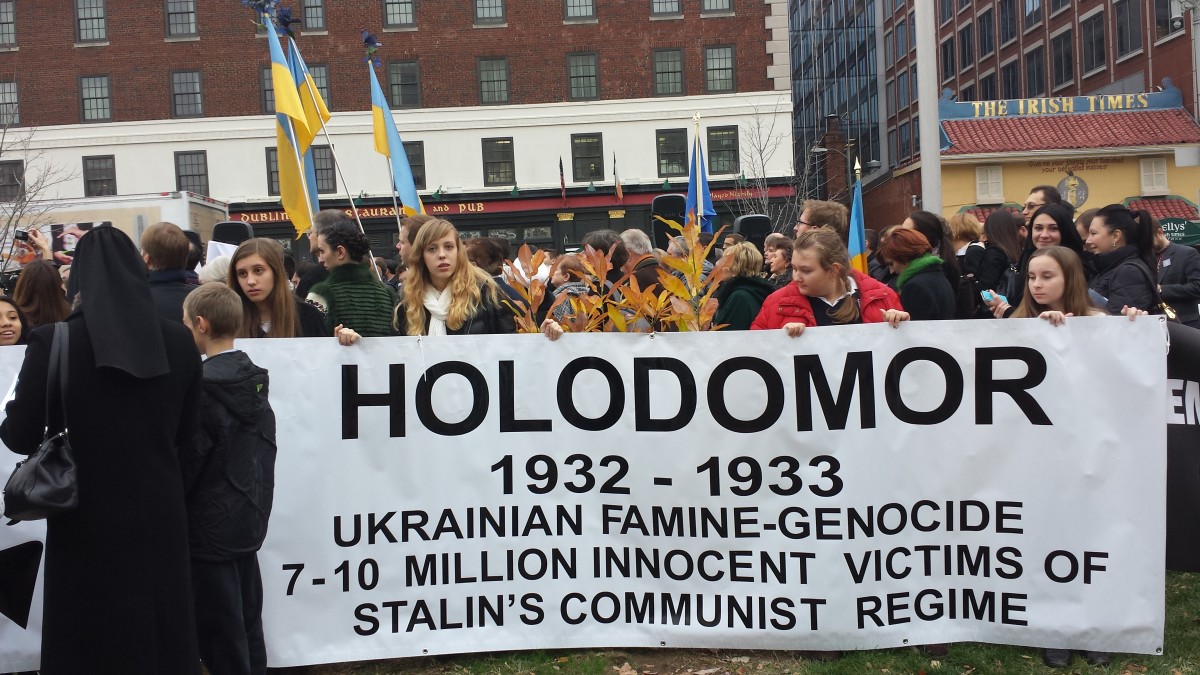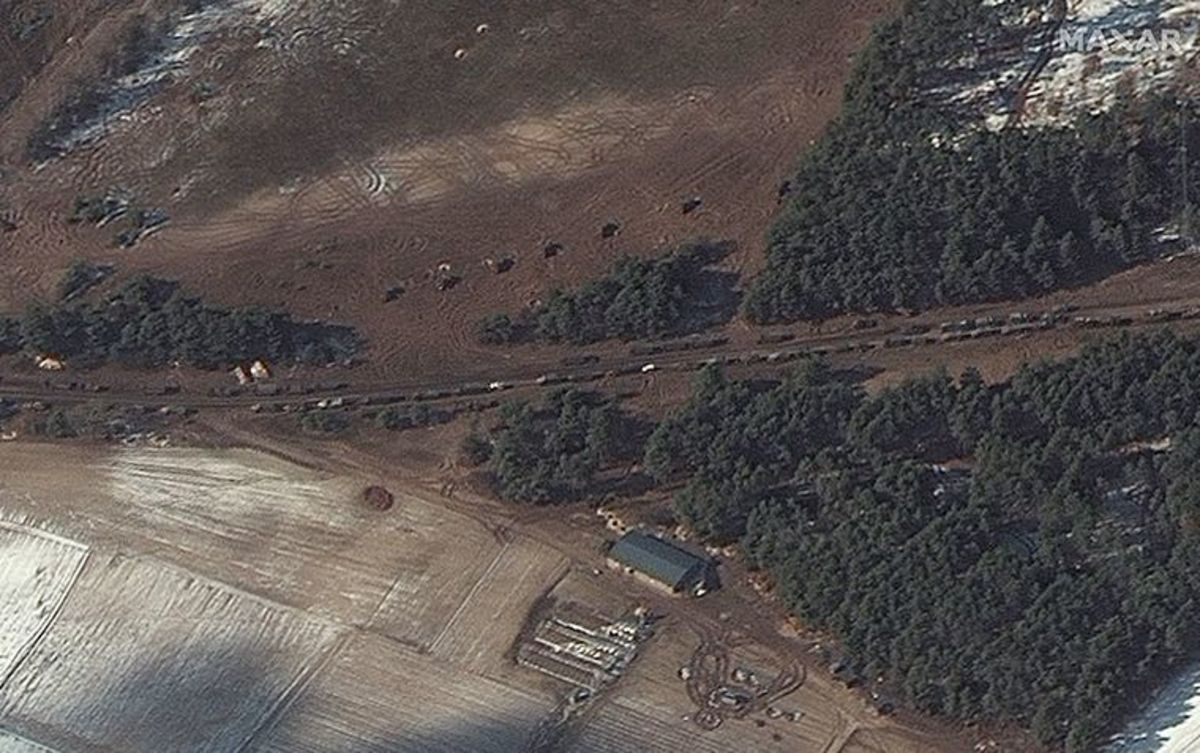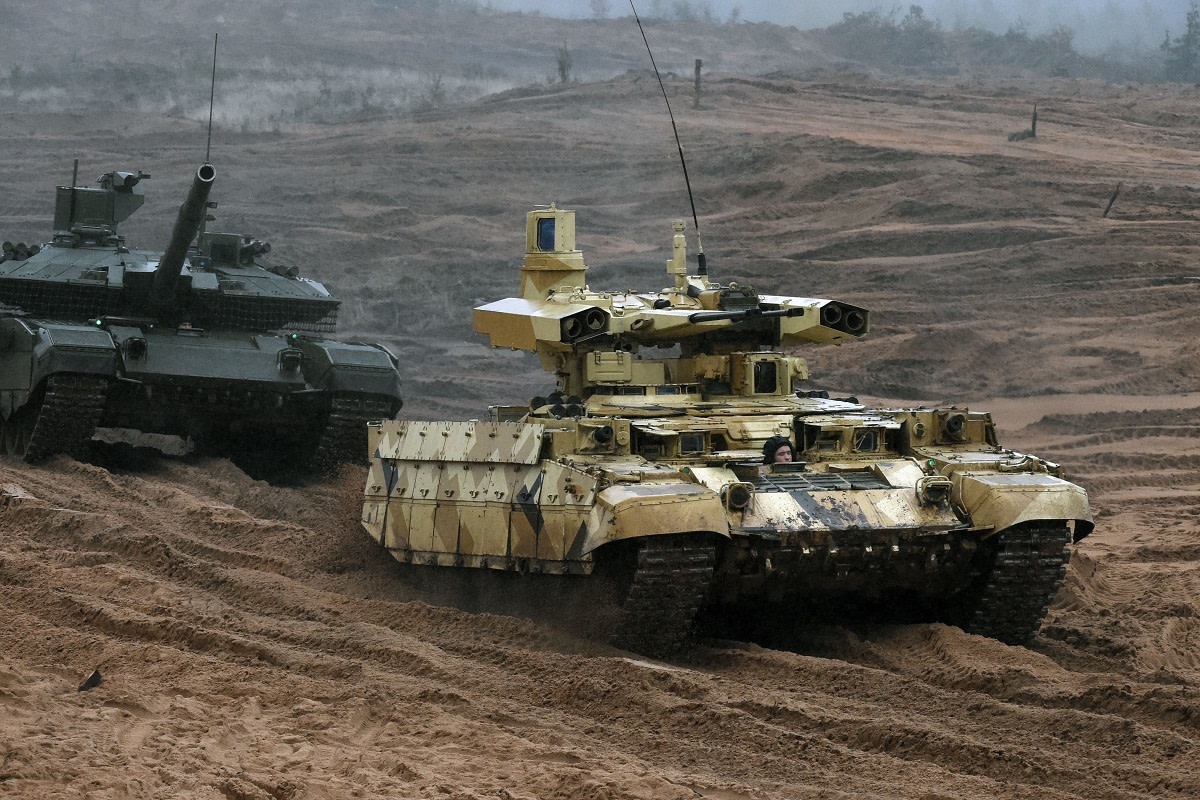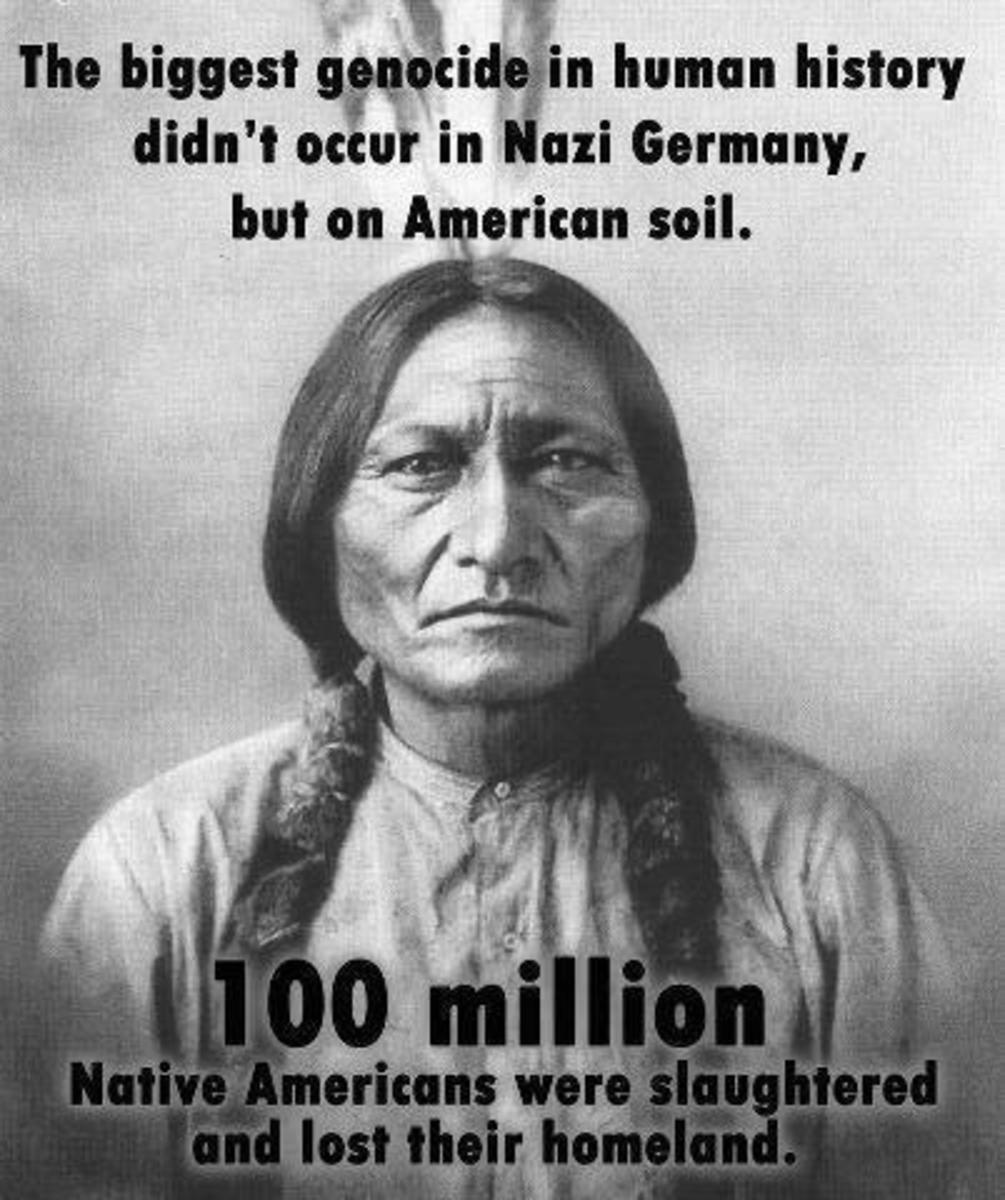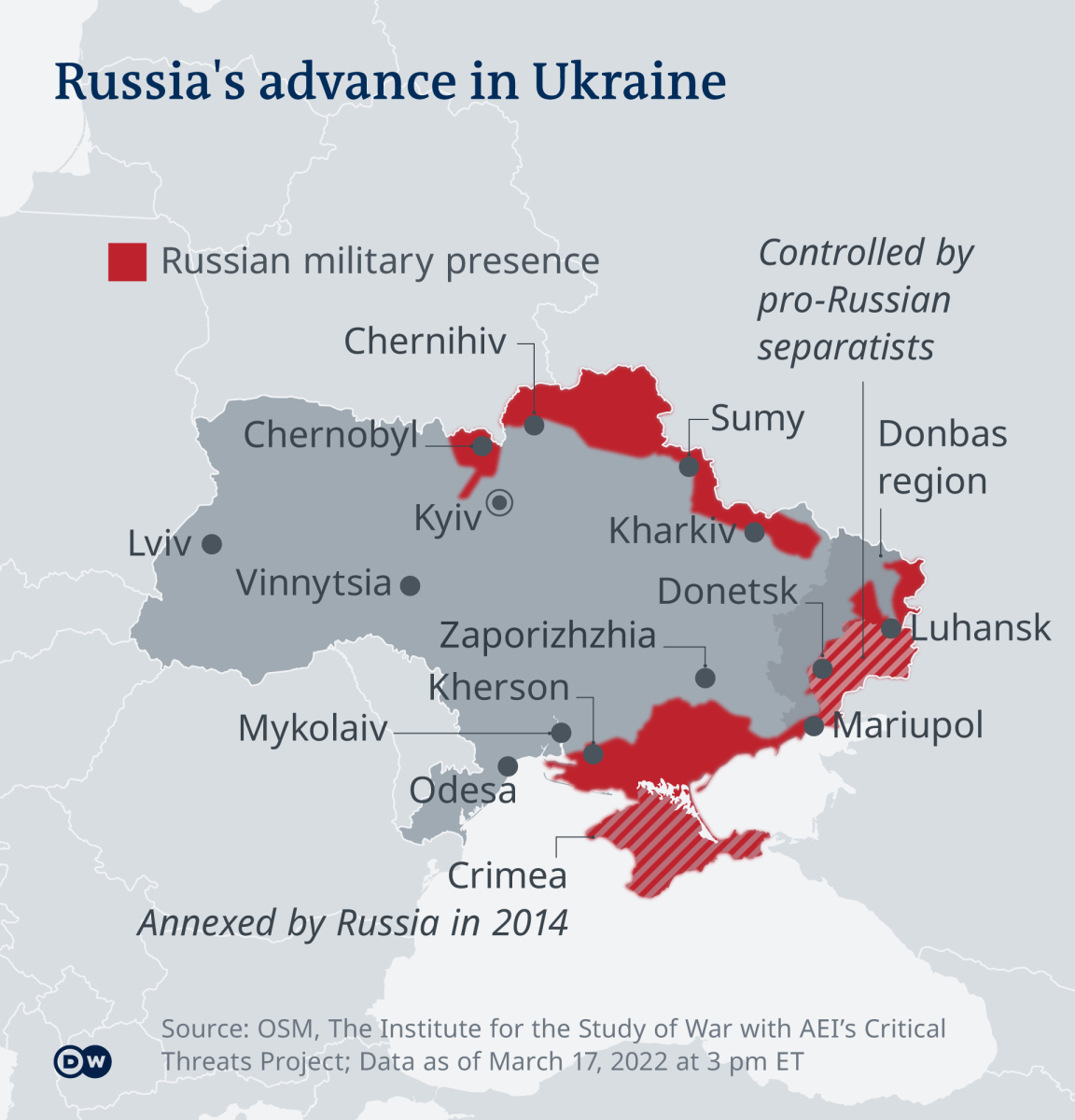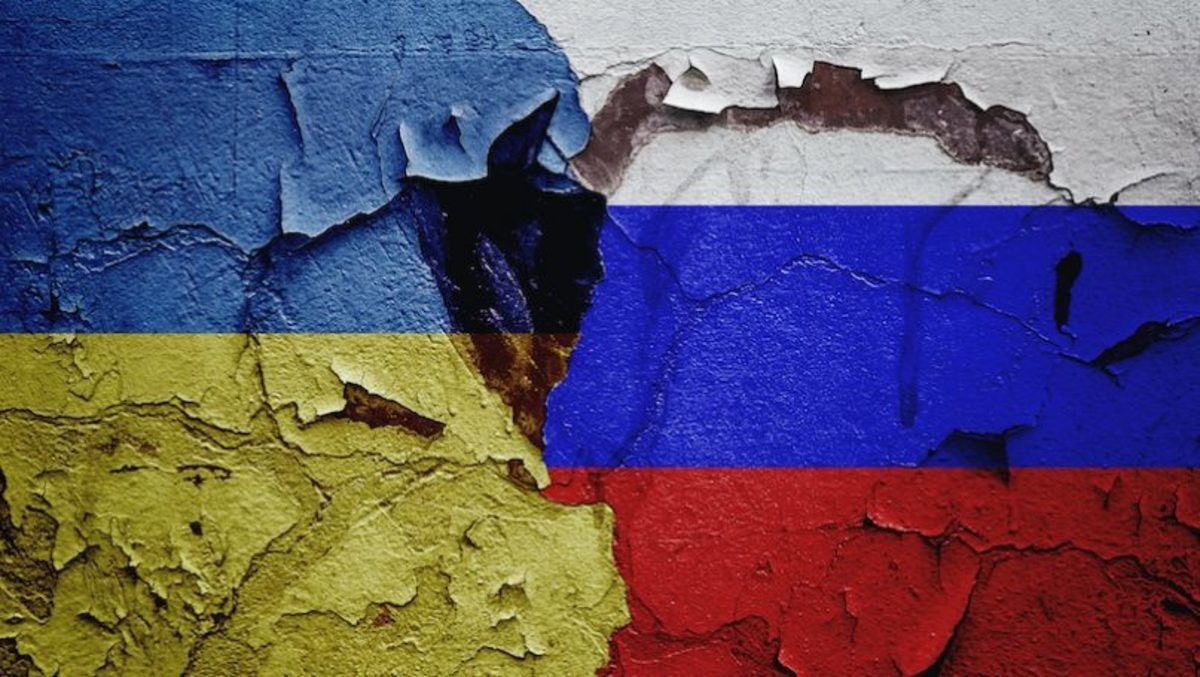Holdomor, Extermination by Starvation. The Ukraine Genocide by Stalin
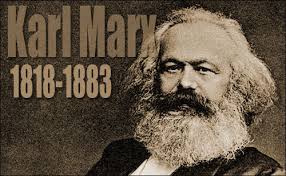
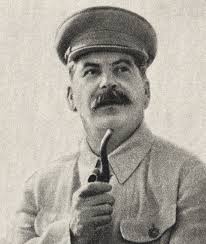
Holdomor
Karl Marx, co-author of the Communist Manifesto, stated “from each according to his ability, to each according to his needs.” Revolutions or socialist/communist reforms usually do not turn out the way the general public planned as corrupt people rise to power and the revolution that was supposed to be for the “good of the people” turns into a tyrannical regime that in many cases causes some type of atrocity against a group of citizens in common that the regime becomes at odds with. One such action was committed in the name of collectivism by Joseph Stalin in Ukraine in 1932-1933; it is referred to as Holdomor, Ukrainian for “death by hunger.” (Donald Bloxom)
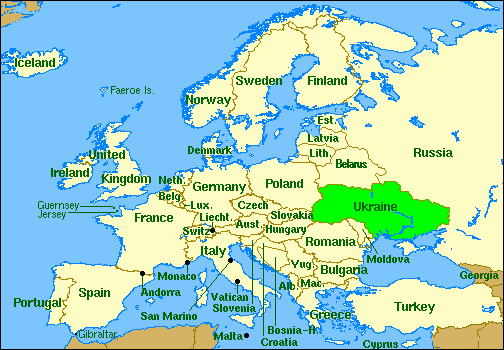
Ukraine
Some background on the formation of the state of Ukraine: Ukrainian territory had been contested amongst powers for many centuries and after the Great Northern War (1700–1721) Ukraine was divided between a number of regional powers and, by the 19th century, the largest part of Ukraine was integrated into the Russian Empire with the rest under Austro-Hungarian control. (United Nations) The years following contained some intermittent civil unrest and growing nationalism which culminated with several attempts at independence from 1917 to 1921. Ukraine emerged from this fighting on December 30, 1922 as one of the founding republics of the Soviet Union. (United Nations) But nationalism was still strong with many in Ukraine and they growingly became more discontent as collectivism started to be enacted and imposed on them.
The causes of the Holdomor are debated between scholarly, political, and historical theorists. Some historians theorize that the famine was an unintended consequence of the economic problems associated with radical economic changes implemented during the period of Soviet industrialization. (Marples) Others claim that the Soviet policies that caused the famine were an engineered attack on Ukrainian nationalism, or more broadly, on all peasants, in order to prevent uprisings. Some suggest that the famine may fall under the legal definition of genocide. (Kulchytsky, Holodomor-33: Why and how?)
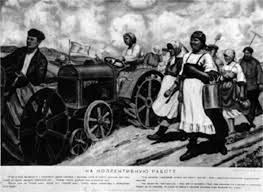
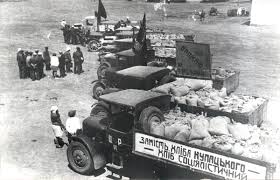
The Collectivation
Collectivization of farming had begun being implemented in 1925 throughout the whole Soviet Union but despite the intense state campaign, the collectivization, which was initially voluntary, was not popular among the peasants: as of early 1929, only 5.6% of Ukrainian peasant households and 3.8% of arable land were collectivized. In early 1929, collectivism was changed from voluntary to mandatory. While famine was a growing problem under the collectivism that had begun, Stalin was particularly harsh on the Ukrainians due to their growing nationalism and resistance of the farmers to the collectivism. Many Ukrainian farmers had also lost their incentive to work due to the collectivism that was being forced upon them. Yale historian Timothy Snyder cites seven policies that Stalin put in force that applied only to Soviet Ukraine:
- Starting November 18th, 1932 peasants from Ukraine were required to return extra grain they had previously earned for meeting their targets. State police and party brigades were sent into these regions to root out any food they could find.
- Two days later, a law was passed forcing peasants who could not meet their grain quotas to surrender any livestock they had.
- Eight days later, collective farms that failed to meet their quotas were placed on "blacklists" in which they were forced to surrender 15 times their quota. These farms were picked apart for any possible food by party activists. Blacklisted communes had no right to trade or to receive deliveries of any kind, and became death zones.
- On 5 December 1932, Stalin's security chief presented the justification for terrorizing Ukrainian party officials to collect the grain. It was considered treason if anyone refused to do their part in grain requisitions for the state.
- In November 1932 Ukraine was required to provide 1/3 of the grain collection of the entire Soviet Union. As one Soviet leader put it, the Soviet state would fight "ferociously" to fulfill the plan.
- In January 1933 Ukraine's borders were sealed in order to prevent Ukrainian peasants from fleeing to other republics. By the end of February 1933 approximately 190,000 Ukrainian peasants had been caught trying to flee Ukraine and were forced to return to their villages to starve.
The collection of grain continued even after the annual requisition target for 1932 was met in late January 1933. (Snyder, Bloodlands: Europe Between Hitler and Stalin)
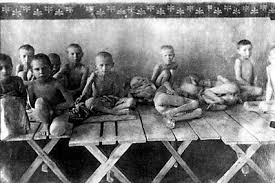
In August of 1932 Stalin instituted a law that stated that all food was state property and that mere possession of food was evidence of a crime. This law was enforced by members of youth organizations, educated under the Soviet system, who fanned out into the countryside in order to prevent the theft of state property. They constructed and staffed watchtowers to ensure that no peasants took food home from the fields. The youth brigades lived off the land, eating what they confiscated from the peasants. They often humiliated the starving peasants by forcing them to box each other for sport, or forcing them to crawl and bark like dogs. Under the pretext of grain confiscation, the brigades routinely raped women living alone. (Snyder, Bloodlands: Europe Between Hitler and Stalin)
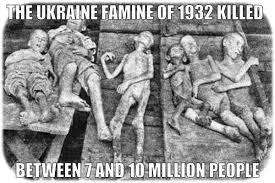
Stalin insisted that grain be collected from the Ukrainian peasants at all costs. On June 21, 1932, Stalin wrote to the Ukrainian party the following: “No manner of deviation regarding either amounts or deadlines set for grain deliveries can be permitted from the plan established for your region for collecting grain from collective and private farms or for delivering grain to state farms.” (Naimark) The borders between Russia and Ukraine were sealed and peasants were forbidden to travel by rail. Stalin was also angered that tens of thousands of Ukrainian farmers in search for food had already fled and spread across European regions of the Soviet Union and were demoralizing the other collective farms with complaints. In one month alone, troops had arrested 220,000 Ukrainian peasants trying to flee their villages. Of those, 190,000 were sent back home, which meant they were essentially condemned to death. The rest were sent to the Gulag, where the death rate during the famine years was also exceptionally high. (Naimark) Also, evidence of widespread cannibalism was documented during the Holdomor. The Soviet regime printed posters declaring: "To eat your own children is a barbarian act." More than 2500 people were convicted of cannibalism during the Holdomor. (Steven Bela Vardy)
Other factors that contributed to the food shortages and starvations were that the farmers had lost their incentive to farm the land as that approximately 70% of the arable land had been collectivized and all the grain harvested was going to the state and shipped to Moscow. Many peasants also massacred their cattle because they did not want to see it go to the collective farm without being compensated for it in return. (Jones)
On August 7, 1932, the Soviet government passed a law, "On the Safekeeping of Socialist Property" that imposed penalties from a ten year prison sentence up to the death penalty for any theft of socialist property. Stalin personally appended the stipulation: "People who encroach on socialist property should be considered enemies of the people. Within the first five months of passage of the law, 54,645 individuals had been imprisoned under it, and 2,110 sentenced to death. The initial wording of the decree, "On fought with speculation”, adopted August 22, 1932 lead to common situations where minor acts such as bartering tobacco for bread were documented as punished by 5 years imprisonment. (Gregorovich)
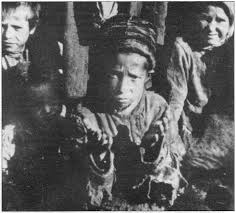
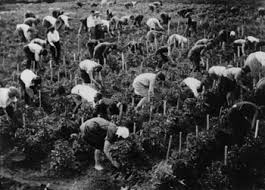
The scope of this law, colloquially dubbed the "law of the wheat ears," included even the smallest appropriation of grain by peasants for personal use. In little over a month, the law was revised, as Politburo protocols revealed that secret decisions had later modified the original decree of September 16, 1932. The Politburo approved a measure that specifically exempted small-scale theft of socialist property from the death penalty, declaring that "organizations and groupings destroying state, social, and co-operate property in an organized manner by fires, explosions and mass destruction of property shall be sentenced to execution without trial", and listed a number of cases in which "kulaks, former traders and other socially-alien persons" would be subject to the death penalty. "Working individual peasants and collective farmers" who stole kolkhoz property and grain should be sentenced to ten years; the death penalty should be imposed only for "systematic theft of grain, sugar beets, animals, etc." (R.W. Davies)
By the end of 1933, millions of people had starved to death or had died of unnatural causes in Ukraine, as well as in other Soviet republics. The total estimate of the famine victims Soviet-wide is given as 6-8 million. (Encyclopædia Britannica) The Soviet Union long denied that the famine had taken place. The NKVD (and later KGB) archives on the Holdomor period made records available very slowly. The exact number of the victims remains unknown and is probably impossible to estimate, even within a margin of error of a hundred thousand. The media sometimes report historians' estimates of fatalities as high as seven to ten million. (Kulchytsky, Reasons of the 1933 Famine in Ukraine) Some historians consider Holdomor to be just a part of a bigger genocide that took place against Ukrainians during the existence of the USSR, writing that up to twenty million were killed during the duration of the USSR. The former President of Ukraine, Viktor Yushchenko, and Canadian Prime Minister Stephen Harper have issued public statements giving the death toll at about 10 million. (Snyder, Holocaust: The ignored reality)
There have been varying opinions as to whether these actions committed by Stalin, for the official reason of collectivism, was an act of genocide, many historians argue that it was an act of genocide against the Ukrainian people. Timothy Snyder, Professor of History at Yale University, asserts that in 1933 "Joseph Stalin was deliberately starving Ukraine" through a "heartless campaign of requisitions that began Europe's era of mass killing." (Snyder, Bloodlands: Europe Between Hitler and Stalin) He argues the Soviets themselves "made sure that the term genocide excluded political and economic groups." Thus the Ukrainian famine can be presented as "somehow less genocidal because it targeted a class, kulaks, as well as a nation, Ukraine." (Snyder, Bloodlands: Europe Between Hitler and Stalin) The term genocide was defined by the United Nations in 1948 but the original draft of the term included political killings as part of the definition as well but was objected to by the Soviet Union. (Robert Gellately)
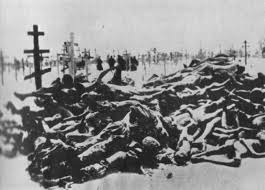
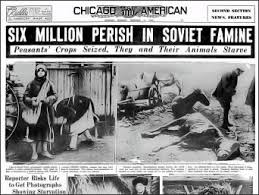
In his 1953 speech the "Father of the Genocide Convention," Dr. Raphael Lemkin described "the destruction of the Ukrainian nation" as the "classic example of genocide," for "the Ukrainian is not and never has been a Russian. His culture, his temperament, his language, his religion, are all different...to eliminate (Ukrainian) nationalism, the Ukrainian peasantry was sacrificed...a famine was necessary for the Soviet and so they got one to order...if the Soviet program succeeds completely, if the intelligentsia, the priest, and the peasant can be eliminated, Ukraine will be as dead as if every Ukrainian were killed, for it will have lost that part of it which has kept and developed its culture, its beliefs, its common ideas, which have guided it and given it a soul, which, in short, made it a nation. This is not simply a case of mass murder. It is a case of genocide, of the destruction, not of individuals only, but of a culture and a nation." (Lemkin)
While making a connection between the actions of a demonstration movement called Occupy Wall Street and the actions of Stalin and his alleged genocide against the Ukrainian people in 1932-1933 can be seen by many as preposterous, one could surmise that many people that lived during the Bolshevik Revolution and then followed by the Communist Revolution, all in the name of socialism and communism would not of thought that their actions would lead to a genocide. The protestors of today, on the surface, claim to be outraged at the actions of Wall Street players and the consequences that many of those actions have had on the economy of the United States; there are many people in the background of this movement that are calling for socialist and communist revolution in the United States and stoking the flames of class warfare. With the rhetoric of many of these fringe groups that are banding together under this cause, advocating violence as an option, one could see that there is a possibility of violence against others that they see as enemies. While genocide is not reasonably possible in the United States, there is a possibility of violent acts committed by members of the fringe against what they see as members of a higher social class. The current political leaders of the United States have nothing to calm these crowds but have done the opposite by offering support to these groups and constantly calling on “the rich” to pay their fair share. (Jackson) Thus, in actuality, stoking the flames of class warfare by insinuating that one group of society should be hated by others.
Not My Narration, I found this on YouTube, very informative.
Tell Us What You Think
Was the information here useful or what you were looking for?
Today's Ukraine Borders
Sources Used
Donald Bloxom, A. Dirk Moses. The Oxford Handbook of Genocide Studies. Oxford: Oxford University Press, 2010.
Encyclopædia Britannica. Ukraine. Encyclopædia Britannica Inc, 2011.
Gregorovich, Andrew. "Genocide in Ukraine 1933, How Did Stalin Organize the Genocide?" Ukrainian Canadian Research & Documentation Centre (1998).
Jones, Gareth. "BALANCE-SHEET OF THE FIVE-YEAR PLAN, Article III - RUIN OF RUSSIAN AGRICULTURE." The Financial Times (1933).
Kulchytsky, Stanislav. "Holodomor-33: Why and how?" Zerkalo Nedeli 25 November 2006.
—. "Reasons of the 1933 Famine in Ukraine." Zerkalo Nedeli, 2003.
Lemkin, Raphael. Holodomor: Reflections on the Great Famine of 1932–1933 in Soviet Ukraine. Kingston: The Kashtan Press, 2008.
MacIver Institute. "MacIver Institute." 28 October 2011. MacIver Institute For Public Policy. 12 November 2011 <http://www.youtube.com/user/MacIverInstitute>.
Marples, Dr. David. "The Great Famine Debate Goes On." Edmonton Journal (2005).
Naimark, Norman. Stalin's Genocides. Princeton: Princton University Press, 2010.
Organization for a Free Society. "Manifesto." 2011. OFS. 12 November 2011 <http://www.afreesociety.org/manifesto/>.
R.W. Davies, S. G. Wheatcroft. The Years of Hunger: Soviet Agriculture, 1931–33. New York: Palgrave Macmillan, 2004.
Robert Gellately, Ben Kiernan. The Specter of Genocide: Mass Murder in Historical Perspective. Cambidge, UK: Cambridge University Press, 2003.
Snyder, Timothy. Bloodlands: Europe Between Hitler and Stalin. New York: Basic Books, 2010.
—. "Holocaust: The ignored reality." 25 June 2009. Eurozine. 11 November 2011 <http://www.eurozine.com/articles/2009-06-25-snyder-en.html>.
Steven Bela Vardy, Agnes Huszar Vardy. "Cannibalism is Stalin's Russia and Mao's China." East European Quarterly XLI.2 (2007): 224.
United Nations. "Activies of the Member States." 1 January 2011. Ukraine. 12 November 2011.

